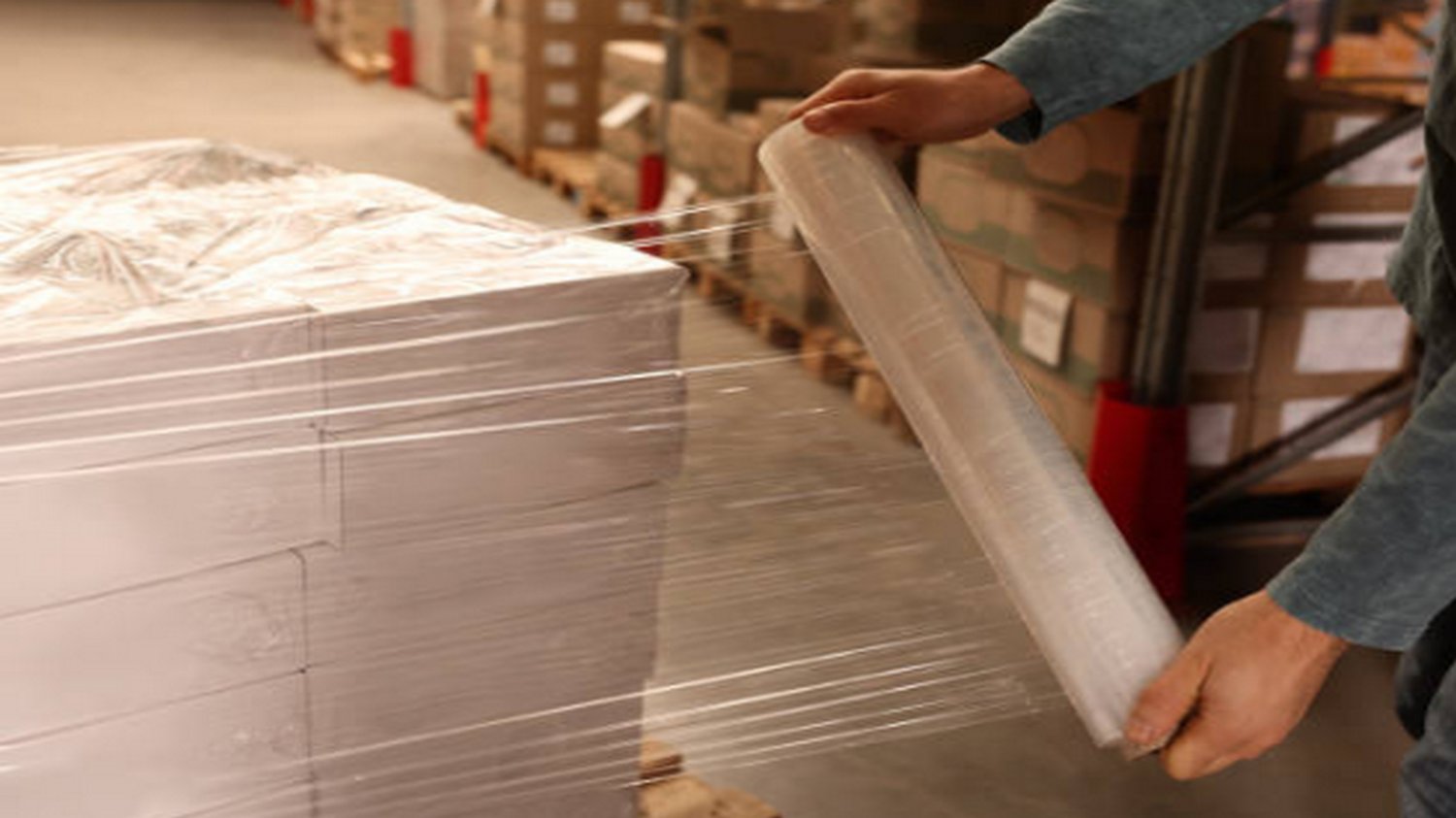Introduction
Banding and strapping are essential methods used in packaging and logistics to secure and stabilize cargo during transport and storage. Understanding their differences and applications is crucial for selecting the right method for specific packaging needs.
What is Banding?
Definition of Banding
Banding involves bundling and securing items using thin, flat strips made from materials like steel, plastic, or polyester. It is typically used for lightweight applications and bundling purposes.
What is Strapping?
Definition of Strapping
Strapping is a broader term that refers to applying straps or bands around packages or bundles to secure and stabilize them. Strapping materials vary widely in strength and flexibility to accommodate different load-bearing requirements.
Key Differences Between Banding and Strapping
1. Material Composition
- Banding: Uses materials like polyester, plastic, or steel for lightweight bundling and reinforcement.
- Strapping: Utilizes materials such as steel, polypropylene, or polyester, with variations in strength and flexibility suited for heavy-duty loads and diverse applications.
2. Application and Use
- Banding: Primarily used for bundling small items, reinforcing cartons, or securing lightweight loads due to its thinner profile and lower tension capabilities.
- Strapping: Suitable for securing heavy-duty loads, pallets, and shipping containers, providing robust stability and strength to withstand higher tension and transport demands.
3. Strength and Tensioning
- Banding: Offers sufficient strength for lightweight applications but may not withstand heavy tension or rough handling as effectively as strapping.
- Strapping: Designed with thicker materials capable of withstanding high tension and load-bearing requirements, ensuring secure transport of heavier items.
Types of Banding and Strapping
1. Banding Types
- Steel Banding: Provides high tensile strength for securing heavy loads and sharp-edged items.
- Plastic Banding: Lightweight and flexible, ideal for bundling and securing lighter loads.
- Polyester Banding: Offers medium-duty strength and durability, suitable for various packaging applications.
2. Strapping Types
- Steel Strapping: Heavy-duty strapping for securing large, heavy loads and items with sharp edges.
- Polypropylene Strapping: Light to medium-duty strapping used for general packaging and bundling applications.
- Polyester Strapping: Provides high tensile strength and excellent elasticity for securing heavy loads and high-tension applications.
Choosing Between Banding and Strapping
Factors to Consider
- Load Characteristics: Weight, size, and shape of the cargo.
- Transportation Mode: Mode of transport (road, sea, air) and associated handling conditions.
- Environmental Factors: Temperature variations, humidity, and exposure to external elements.
- Regulatory Compliance: Adherence to international standards for packaging and transport safety.
Cost and Efficiency
Consider material costs, equipment requirements (e.g., tensioners, sealers), labor efficiency in application, and long-term maintenance costs when evaluating banding vs. strapping solutions.
Sustainability and Environmental Impact
Recyclability
Both banding and strapping materials can be recyclable, promoting sustainable packaging practices and reducing environmental footprint.
Regulatory Compliance
Ensure compliance with international standards and regulations governing the use of banding and strapping in packaging and logistics to meet safety and environmental guidelines.
FAQ - Frequently Asked Questions about Banding and Strapping
Q1: Can banding be used interchangeably with strapping?
No, banding and strapping differ in material composition, strength capabilities, and intended applications. Banding is suitable for lighter loads and bundling, while strapping is designed for heavier-duty securing of large items and pallets.
Q2: What are the advantages of using polyester strapping over steel strapping?
Polyester strapping offers advantages in terms of flexibility, lower weight, and resistance to rust compared to steel strapping. It is also safer to handle and can be more cost-effective for certain applications.
Q3: How do I determine the correct tension for banding or strapping?
Adjust tension based on the weight and nature of the load, type of material being used (e.g., polyester, steel), and packaging requirements to ensure secure and safe transport without damaging the cargo or the strapping material.
Conclusion
Banding and strapping serve distinct purposes in securing and stabilizing cargo, each with its unique strengths and applications. By understanding these differences and considering specific packaging requirements, businesses can effectively choose between banding and strapping to ensure secure and efficient transport of goods.

